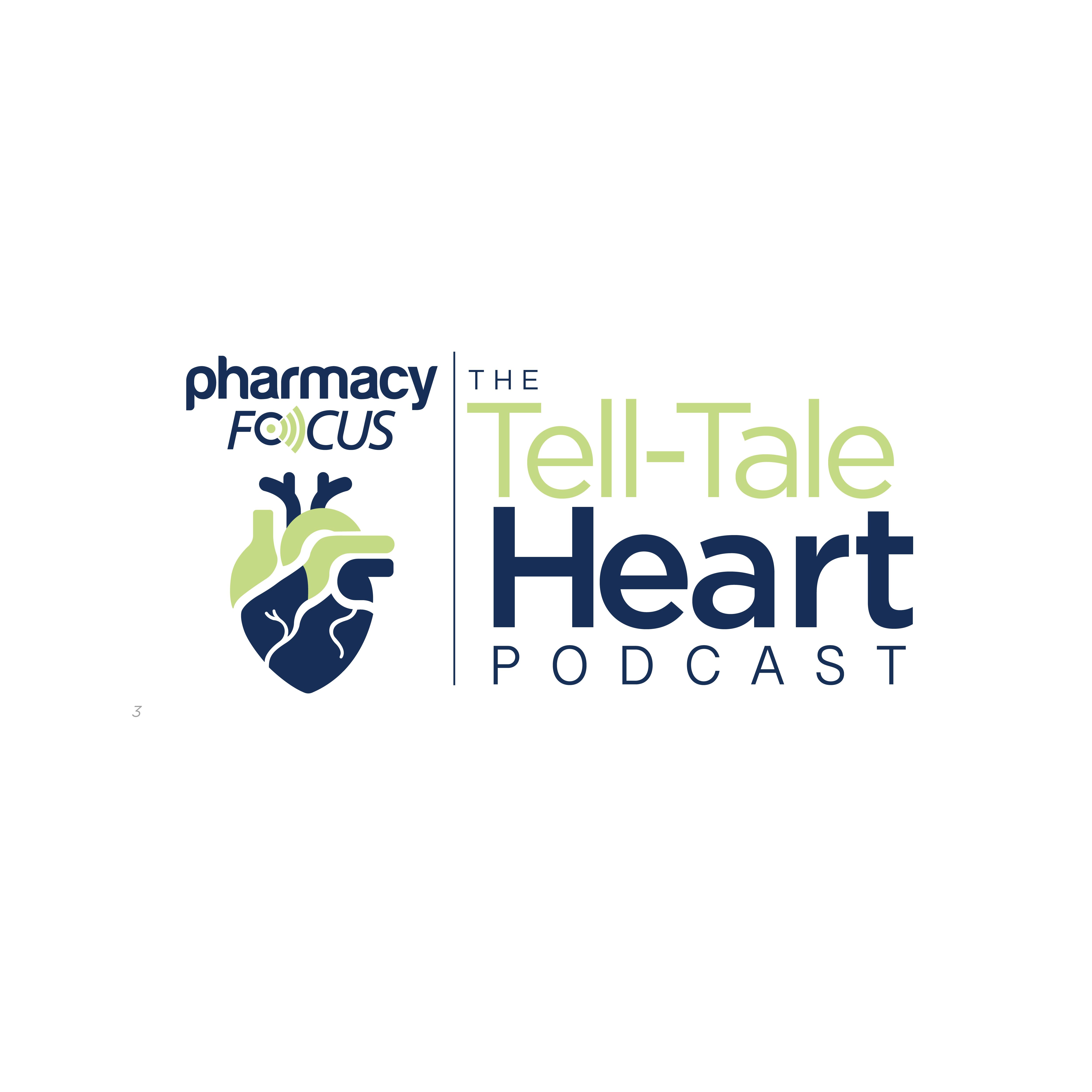News
Article
IVIG Does Not Reduce Late Gadolinium Enhancement Burden in Pediatrics With Myocarditis
Author(s):
Key Takeaways
- IVIG does not reduce LGE burden in pediatric myocarditis, as shown by CMR imaging results.
- LGE is vital for diagnosing and prognosticating myocarditis, indicating myocardial injury and predicting adverse events.
Often an indicator of fibrosis or damage to the heart, late gadolinium enhancement was found to be unaffected by the administration of intravenous immunoglobulin (IVIG) in pediatric patients with myocarditis.
In pediatric patients with myocarditis, the administration of intravenous immunoglobulin (IVIG) was found to not reduce the burden of late gadolinium enhancement (LGE) as detected by cardiovascular magnetic resonance (CMR), according to study results published in the Journal of Cardiovascular Magnetic Resonance.1
Myocarditis can cause inflammation and injury to the heart, and lead to cardiovascular complications. | Image Credit: © HENADZY | stock.adobe.com

LGE is used as a tool in CMR to characterize tissue in patients with myocarditis and plays a significant role in diagnosis and prognostic assessment of patients. It serves as a marker of myocardial injury in patients, while also predicting the risk of adverse events (AEs). In clinical scenarios, LGE presents itself as an expression of potentially irreversible injury to the heart, with indications of fibrosis or edema on CMR.2
Studies of the prognostic significance of LGE revealed a critical association with poor outcomes in patients with myocarditis. A systematic review, conducted by Georgiopoulos et al, found that the presence of LGE were associated with an increased risk of the combined end point, which comprised all-cause mortality, cardiac mortality, and major AEs. A preliminary association was found between extensive LGE and further worsened outcomes in patients.3
IVIG is administered in some cases of myocarditis. Though first-line treatment is often supportive care, myocarditis is an inflammatory condition, which IVIG typically shows efficacy towards. Still, data to this point has not fleshed out the benefits of IVIG in pediatric patients with acute myocarditis, especially regarding the differences in LGE presence depending on the use of IVIG.1
In this study, the investigators retrospectively analyzed patients younger than 21 years of age with a clinical diagnosis of acute myocarditis who underwent CMR within 14 days of presentation and returned for a follow-up CMR. Attending physicians made the decision to administer IVIG at the time of initial patient presentation based on their clinical judgement. According to the investigators, LGE was defined as tissue with a signal intensity of 5 standard deviations above the mean signal intensity of unaffected myocardium on viability imaging.1
Results indicated no significant baseline differences between patients who received IVIG and those who did not. These included no differences in ventricular function, volumes, or strain or indexed LGE mass as measured on CMR. From initial presentation to follow-up, there was no difference in the change in indexed LGE mass between patients who received IVIG and patients who did not (median 8.20% [IQR 1.72, 17.64] vs 10.95 [IQR 3.47, 15.87], p = 0.82).1
IVIG, in combination with glucocorticoids, has been previously shown to play a role in reducing the risk of cardiovascular dysfunction in children with multisystem inflammatory syndrome, which can be associated with significant cardiovascular involvement, including myocarditis. Given this, the current investigators discussed the need for further studies to analyze IVIG’s role in pediatric myocarditis; specifically, research can focus on subgroups with myocarditis that stand to benefit the most from IVIG administration.4
Still, the results of this investigation indicate that IVIG does not reduce LGE burden in pediatric patients with myocarditis. LGE monitoring should continue to be employed in these patients to evaluate them following their initial presentation, and pharmacists should be aware of symptoms related to LGE, including fibrosis.1






